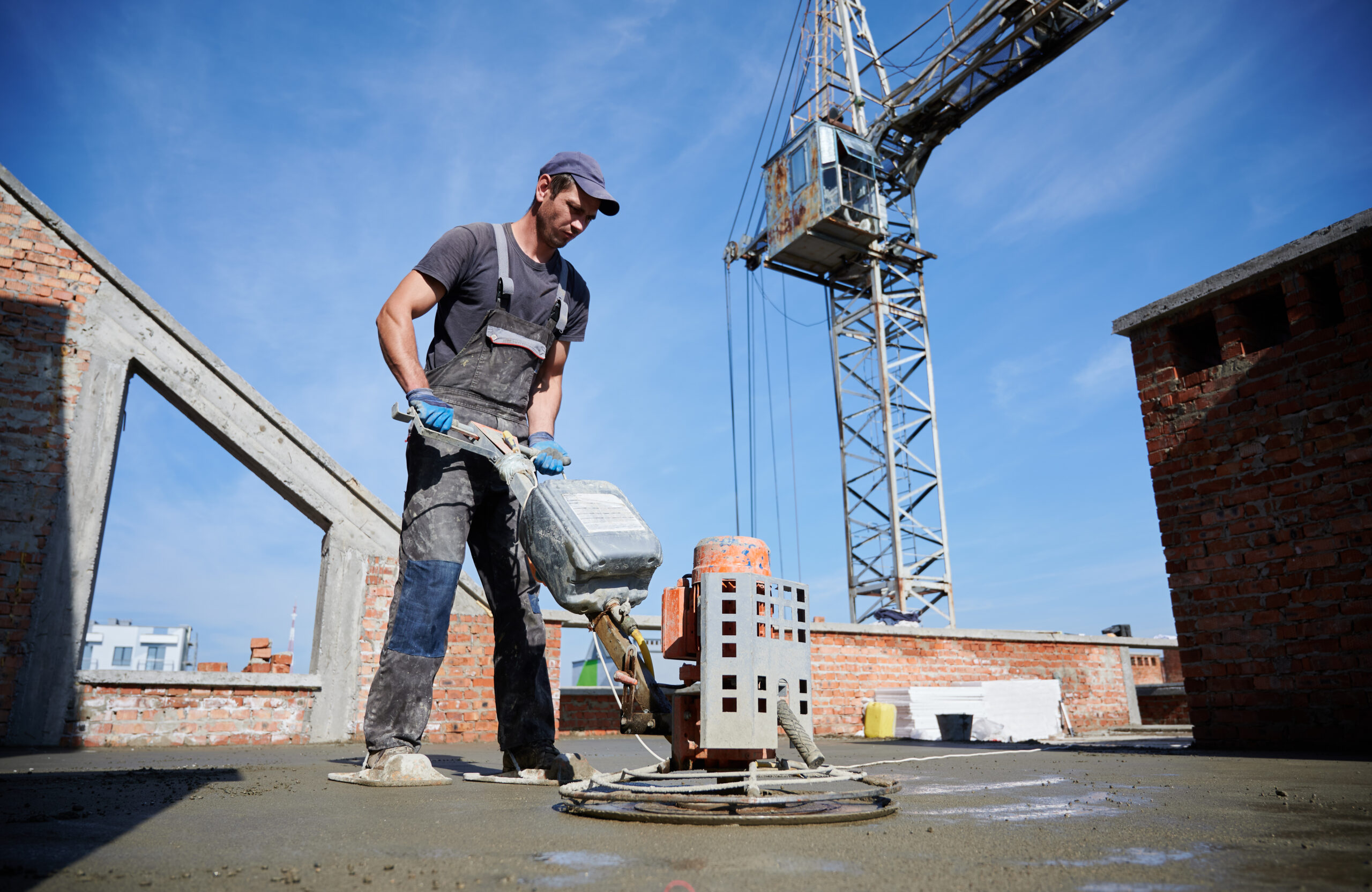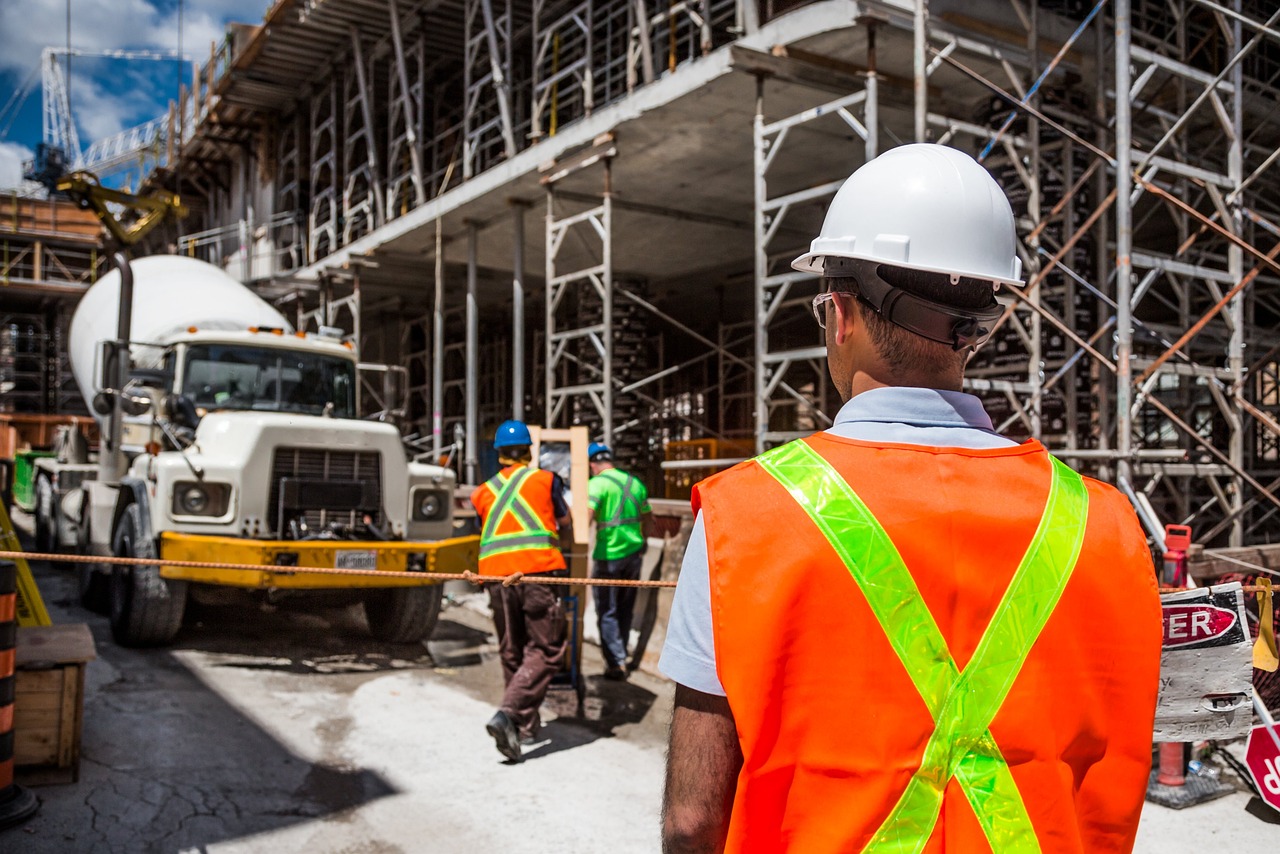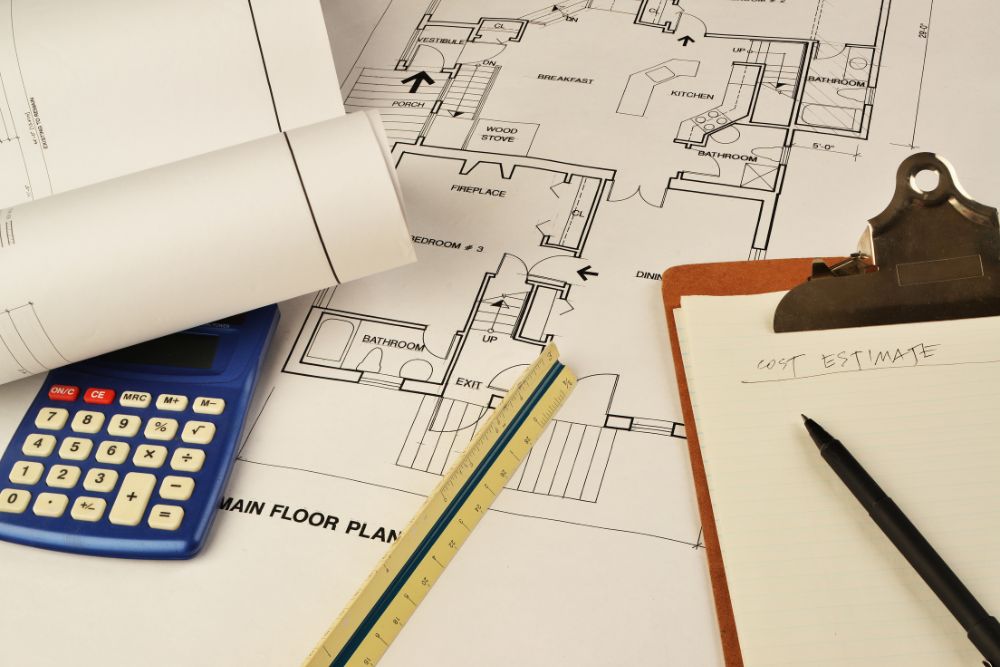Knowing how to price concrete jobs is a big part of running a successful construction business. It’s not just about checking the price of concrete per yard. You also need to think about labor, materials, equipment, and delivery. Even a small mistake in your estimate can cost you money later.
Contractors who take the time to plan their prices carefully usually get better results. When your estimate is right, you don’t just win more work, you finish every job without worrying about hidden costs.
In this guide, we’ll explain how to price concrete jobs step by step. You’ll learn how to add up all the costs, include every detail, and make sure your price is fair and profitable.
Key Components Involved in Concrete Job Pricing
Before you start working on an estimate, it’s important to know what factors make up the total cost of a concrete job. Every project has different needs, but most concrete estimates are based on four main components: materials, labor, equipment, and overhead costs.
1. Materials
This includes concrete mix, rebar, wire mesh, gravel, sand, and any additives used to improve strength or finish. Always calculate the exact quantity needed and add a small buffer to cover waste or mistakes.
2. Labor
Labor costs depend on how many workers you need, their skill levels, and how long the job will take. Accurate labor estimates help you avoid delays and stay within budget.
3. Equipment
Consider the tools and machines required, such as mixers, pumps, vibrators, or trucks. If you’re renting equipment, be sure to include rental fees and fuel costs in your estimate.
4. Overhead and Profit
Overhead covers your business expenses, insurance, permits, transportation, and office operations. Along with that, include a reasonable profit margin to make sure the job remains worthwhile.
How to Price Concrete Jobs: A Step-by-Step Approach
Pricing a concrete job correctly means looking at every part of the project. From the concrete itself to labor, equipment, reinforcement, and overhead, each component affects the total cost. Even small mistakes can cut into your profit or create unexpected problems on site.
Breaking down the costs step by step ensures your estimate is accurate, realistic, and profitable. By understanding each element, you can confidently calculate a fair price for every concrete job.
Step 1: Calculate the Concrete Volume Accurately
The first step in pricing a concrete job is figuring out how much concrete you’ll need. Accurate volume calculation is critical; too little, and you risk running out; too much, and you waste money.
Concrete is usually measured in cubic yards, and you can calculate the volume using this formula:
Length (ft) × Width (ft) × Thickness (inches) ÷ 12 ÷ 27 = Cubic Yards
For example, if you’re pouring a 10’ × 10’ slab that’s 6 inches thick:
10 × 10 × 6 ÷ 12 ÷ 27 = 2.78 cubic yards
Tips for Accuracy:
- Round up slightly to avoid shortages.
- Add 5–10% extra for waste or spillage.
- Use estimating software for larger or more complex projects to ensure precision.
Getting the volume right is the foundation for every other cost in your estimate, from materials to labor.
Step 2: Determine Material Costs
Once you know the concrete volume, the next step is calculating material costs. The price will vary depending on the type of mix and its strength.
Typical Concrete Prices:
- Standard Mix: $110–$125 per cubic yard
- High-Strength Mix: $135–$150 per cubic yard
- Decorative Mix: Usually adds $5–$15 per square foot
Other materials to consider include rebar, wire mesh, gravel, sand, and any additives like retarders or accelerators. These can slightly increase the total cost but are often necessary for durability and finishing.
Step 3: Account for Surface Preparation
Before pouring concrete, the site must be properly prepared. Surface preparation affects both the quality of the concrete and the overall cost of the job.
Common Surface Prep Tasks:
- Clearing & Excavation: Remove debris, vegetation, or old concrete. Costs typically range from $500 to $1,500, depending on the area and difficulty.
- Grading & Compaction: Leveling and compacting the surface ensures proper drainage and prevents cracking. Expect costs between $1,000 and $3,000 or more.
- Sub-Base Installation: Adding gravel, crushed stone, or sand creates a stable base. Material costs usually range from $10 to $20 per cubic yard.
The condition of the site can significantly affect your bid. If the ground is uneven or full of obstacles, plan for extra labor and materials. Always include a contingency in your estimate to cover unanticipated prep work.
Step 4: Add Reinforcement and Formwork Costs
Reinforcement and formwork are essential for a strong, durable concrete structure, and they can add significantly to your project cost.
Reinforcement:
- Rebar: $0.30–$0.50 per linear foot. Use for structural strength in slabs, driveways, or walls.
- Wire Mesh: $0.15–$0.30 per square foot. Often used in slabs for crack prevention.
Choose the type based on project requirements; heavier loads usually require rebar, while lighter slabs can use wire mesh.
Formwork:
- Costs range from $2 to $6 per linear or square foot, depending on complexity, materials, and shape.
- Include time for form setup, stripping, and cleanup in your labor estimate.
Pro Tip: Properly budgeting for reinforcement and formwork ensures the concrete maintains its shape, strength, and durability, while keeping labor and material costs realistic.
Step 5: Estimate Labor Costs
Labor is one of the largest expenses in any concrete job. Accurate labor estimates help you avoid delays and ensure profitability.
Factors to Consider:
- Labor Rates: Rates vary by region and skill level, typically $8–$18 per square foot.
- Job Size and Complexity: Larger or more complex jobs take longer to complete.
- Accessibility: Tight spaces or difficult terrain can increase labor time.
- Pouring and Finishing Time: Include time for smoothing, curing, and detailing.
- Weather Conditions: Hot or cold weather can slow work or require special procedures.
Example:
For a 100 sq. ft. slab at $15 per sq. ft.:
100 × $15 = $1,500 in labor
Estimator Insight: Track productivity rates (square feet per man-hour) for each project to improve future estimates and scheduling.
Step 6: Include Equipment, Delivery & Overhead
Equipment, delivery, and overhead costs are essential parts of a concrete job estimate. These costs ensure your project runs smoothly and your business stays profitable.
Equipment:
- Concrete mixer rental: $150–$500 per day
- Screeds, pumps, and other tools should also be included in your estimate
Delivery:
- Standard truck delivery: $50–$150
- Short-load fee (for less than a full truck): $40–$100
- Site access and distance may increase delivery costs
Overhead:
- Includes insurance, permits, administration, and other business expenses
- Typically, add 10–15% of total direct costs to cover overhead
Pro Tip: Always factor in delivery distance, equipment rental, and site accessibility. These costs can change depending on location or unique job conditions, so including them upfront avoids surprises.
Step 7: Add Profit Margin
After calculating all costs, materials, labor, equipment, and overhead, it’s time to include your profit margin. This ensures your work is financially sustainable and your business continues to grow.
Standard Profit Range: 10–30%, depending on the type of project.
- Residential jobs may allow lower margins.
- Commercial or municipal projects may support higher margins due to complexity and risk.
Example:
If your total job cost is $3,000 and you want a 20% profit margin:
$3,000 × 1.20 = $3,600 bid price
Pro Tip: Adjust your margin based on competition and the specific project type to stay competitive while maintaining profitability.
Step 8: Combine All Costs for the Final Estimate
After calculating every component, the final step is to add them together to create a complete, accurate bid. This ensures you account for all expenses and include a fair profit margin.
Cost Components to Include:
- Materials (concrete, reinforcement, additives)
- Labor
- Equipment and delivery
- Surface preparation and formwork
- Overhead
- Profit
Example Summary Table:
Cost Component | Estimated Cost |
Concrete (3 yds @ $125) | $375 |
Labor | $1,500 |
Prep + Reinforcement | $600 |
Overhead (10%) | $247 |
Total Bid | $2,722 |
By combining all costs step by step, you create an estimate that is clear, competitive, and profitable. This approach helps avoid surprises on the job and builds trust with your clients.
Common Mistakes to Avoid When Pricing Concrete Jobs
Even experienced contractors can make errors when estimating concrete projects. Avoiding these common mistakes helps protect your profit and keeps your bids competitive:
- Ignoring the Waste Factor: Not adding 5–10% extra for spillage or overages can lead to material shortages.
- Forgetting Permits or Short-Load Fees: Skipping municipal permits or small delivery charges can add unexpected costs.
- Not Adjusting for Local Wage Rates: Labor costs vary by region; using the wrong rate can undercut your profitability.
- Failing to Include Overhead and Profit Properly: Overhead and profit are essential for sustaining your business; missing them can make a job unprofitable.
Tips for Consistent and Competitive Pricing for Concrete Jobs
To stay competitive while maintaining profitability, follow these best practices for consistent and competitive pricing for concrete jobs:
- Regularly Update Material and Labor Databases: Keep your costs current to reflect price changes.
- Use Digital Takeoff and Estimating Tools: Software helps reduce errors and speeds up calculations.
- Track Past Projects: Learn from previous jobs to improve future pricing accuracy.
- Build Supplier Relationships: Strong relationships often result in better rates for concrete and materials.
FAQs
How do you quote a concrete job?
To quote a concrete job, calculate the total cost of materials, labor, equipment, surface prep, reinforcement, delivery, and overhead. Then add a reasonable profit margin. Always consider site conditions, accessibility, and local rates to ensure your quote is accurate and competitive.
How to charge labor for concrete?
Labor can be charged by the square foot or hourly rate. Typical rates range from $8–$18 per square foot, depending on project size, complexity, and regional wages. Track worker productivity and factor in pouring, finishing, and site preparation time to set a fair labor cost.
How much is a 10×10 concrete slab?
A 10’ × 10’ slab that’s 6 inches thick uses about 2.78 cubic yards of concrete. With an average mix price of $125 per cubic yard and including labor, prep, and overhead, the total cost can range from $1,500 to $2,500 depending on location and project specifics.
How to bid concrete jobs?
Bidding involves adding all project costs, materials, labor, equipment, overhead, and profit, while considering site conditions, permits, and weather. Use detailed estimates, historical data, and digital tools to make your bid accurate, competitive, and profitable.
Conclusion
Knowing how to price concrete jobs correctly is key to running a successful construction business. It’s not just about the cost of concrete, you also need to consider labor, equipment, site prep, overhead, and profit.
Avoiding common mistakes like forgetting waste, permits, or local labor rates helps you stay profitable and avoid surprises. Using tools, keeping costs updated, and learning from past projects can make your estimates more accurate and reliable.
By following a clear, step-by-step approach, you can give fair quotes, win more jobs, and keep your projects running smoothly.
Want help with pricing concrete jobs the right way? Contact Prime Estimation today for accurate estimates and expert support to boost your profits.













